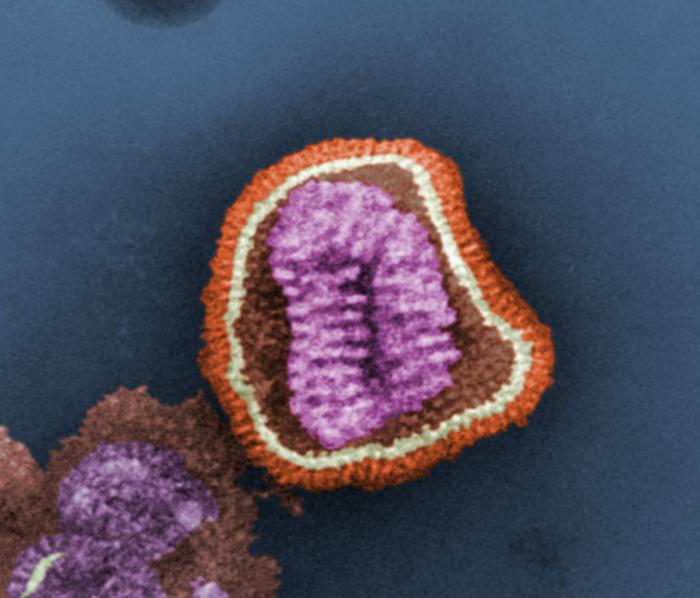New Delhi bugged about super flu name

Bugs need names. Whether they’re in your bed, your bloodstream or your hard drive, giving a catchy tag to the creepy creatures that invade our lives can actually make them easier to fight.
But one recently discovered creature, nicknamed NDM-1, is no ordinary bug. A hearty enzyme capable of bestowing upon bacteria marvelous drug-resistant powers, NDM-1 is being called a superbug because it poses a potential threat to world health on the scale of SARS, Swine Flu and anything found in Charlie Sheen’s hotel room … put together.
So what have scientists named this microscopic Megatron? Something ominous like Death Flu 3000, or Phlegmosaurus Rex? Nope, worse – “New Delhi metallo-β-lactamase 1.” As in New Delhi, the capital city of India, and the go-to place for discount cosmetic surgery. Researchers for the medical journal The Lancet (the Brits who came up with the name) say NDM-1 was discovered in victims that had recently traveled to the city for cheap medical procedures.
Not surprisingly, this did not sit well with the people of New Delhi. The Indian health ministry called the report “malicious propaganda,” while city officials say it’s nothing more than an attempt to damage India’s booming medical tourism. Because, you know, a low-cost nose job does not sound as good when it comes with the threat of contracting a disease that’s invincible to modern medicine.
This problem of stigmatization represents a bigger trend in the move away from eponymous and place naming. Names of diseases and disorders tend to be inaccurate, unspecific and oftentimes have a Western bias — I’m guessing if it had been discovered in London they wouldn’t have been so quick to name it LM-1. Getting a disease named after you can be an honor if you contributed to its research (Parkinson, Alzheimer, Hodgkin, etc). But getting your name on it because everyone thinks you created it makes you a dirty, evil genius.
More simply, no one likes to be named after something that is good at killing humans. Just look at Lyme, Connecticut. Whenever tourists drop by, residents have to assure them there are other things to do there besides get eaten by ticks.
Which is exactly why it’s hard to imagine NDM-1’s discoverers not considering the effects of their choice. Naming a disease after someone’s home, especially if it happens to be the world’s eighth largest metropolitan area, just isn’t polite. And if this thing breaks out big time, the city of New Delhi will be forever entwined with its destruction.
More importantly, all this could become a distraction from awareness about the bug itself. The last thing the world’s many flu-susceptibles need is for scientists to be distracted from research just because they’re worried about what it’s called.
While The Lancet’s editor has since apologized, saying the name “unnecessarily stigmatized a single country and city,” the infection may have already spread. As soon as the first tragic case is reported by international media, NDM-1 will likely have stuck in people’s heads. In that way, names are a lot like diseases themselves. Once they catch on – whether it’s from a clever commercial or a virus-ridden escalator rail – it’s hard to get rid of them without some serious antibiotics.
